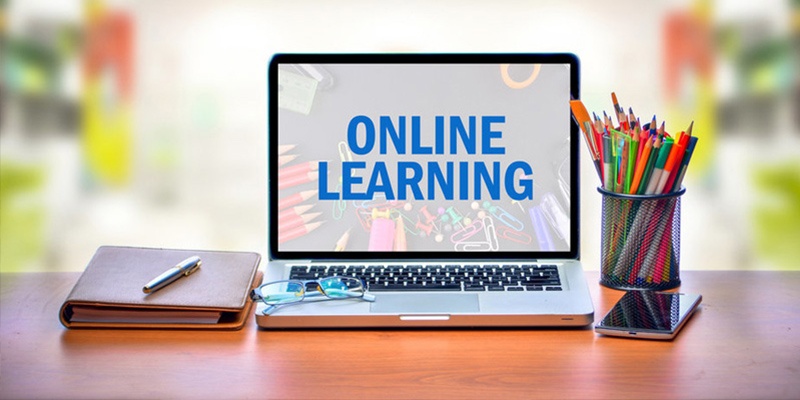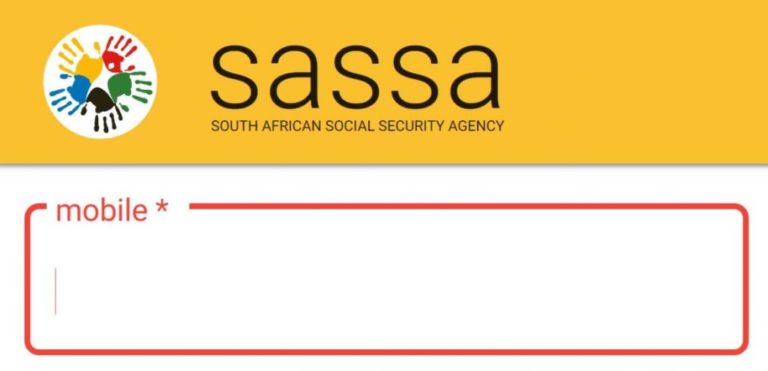In today’s fast-paced, tech-driven world, online learning has become one of the most accessible and flexible ways to gain new skills, earn degrees, or advance in your career. Whether you’re a student looking for alternatives to traditional education or a working professional seeking to upskill, applying for an online learning program is easier than ever.
Here is a step-by-step procedure on how to apply for online learning and start your learning journey confidently.
1. Define Your Goals
Take a moment prior to applying and ask yourself what you plan to achieve with online learning. Are you:
Pursuing a degree or certification?
Acquiring skills for a new career or advancement?
Learning a new subject out of personal interest?
Your objectives will help decide on the kind of course or program you should apply for—be it a short course, a diploma, or a full degree.
2. Choose the Appropriate Course or Program
There are thousands of online learning sites and platforms, offering everything from professional certificates to academic degrees. Some of the popular platforms include:
Coursera
edX
Udemy
Khan Academy
FutureLearn
University or college websites
When choosing a course, consider:
The subject matter of the course and topics covered
The level (beginner, intermediate, or advanced)
Duration and time commitment
Instructor qualifications
Reviews and ratings from other learners
Whether you’ll earn a certificate or accreditation
3. Check the Requirements
Before applying, carefully review the entry requirements. Some courses are open to everyone, while others may have prerequisites such as:
A high school diploma or equivalent
A college degree (for postgraduate programs)
Work experience in a related field
Basic computer skills and internet access
Make sure you are technologically capable as well. You may require a stable internet connection, a laptop or desktop computer, and access to use learning platforms like Zoom or Google Classroom.
4. Create an Account
To register for a course, you will usually be required to create an account on the platform or university website. This will usually require:
Entering your name, email address, and password
Activating your email address
Creating a learner profile
This account will be your gateway to course material, posting assignments, and tracking progress.
5. Finish the Application
For more conventional courses such as degrees or certification, you may need to furnish a detailed application with:
Personal information
History of education
Professional experience (if applicable)
Personal statement or letter of motivation
References or letters of recommendation
Language proficiency evidence (for international students)
Spends sufficient time responding to each segment honestly and elaborately. In the event a personal statement is required, explain why you’re applying for the program and how it fits with your goals.
6. Remits the Fees (If Necessary)
Most web courses have auditing available at no cost, but you may be required to pay for graded work or a certificate. Some professional certifications and degree programs require tuition, although you may qualify for financial aid or scholarships.
Check again:
The total cost of the course
What is included in the cost
Refund rules (if you drop)
7. Confirm Enrollment and Begin Learning
After your application is received and payment is paid (if required), you’ll be sent a confirmation notification or email. From there, you can:
Log in to access course materials and orientation guides
Participate in student forums or discussion boards
View live or recorded lessons
Start your assignments or projects
Most online studies are self-directed, but do make sure to stay organized and keep up with any deadlines.
8. Stay Motivated and Engaged
Online learning takes time and discipline. These are some suggestions for success:
Plan a weekly study schedule
Take video lecture notes
Participate in discussion and question times
Take breaks to avoid burnout
Celebrate small successes
Final Thoughts
It makes sense and saves you time to apply for distance learning as an intelligent and sensible way of stretching yourself personally and professionally—your way, where you are globally. With a goal in mind, the appropriate course, and a bit of commitment, you can get the best out of online learning.
Whether you wish to hone skills, change professions, or merely learn something new, your journey starts with a single click. Study with happiness!
Let me know if you would prefer this article written for a particular age group, profession, or platform!



